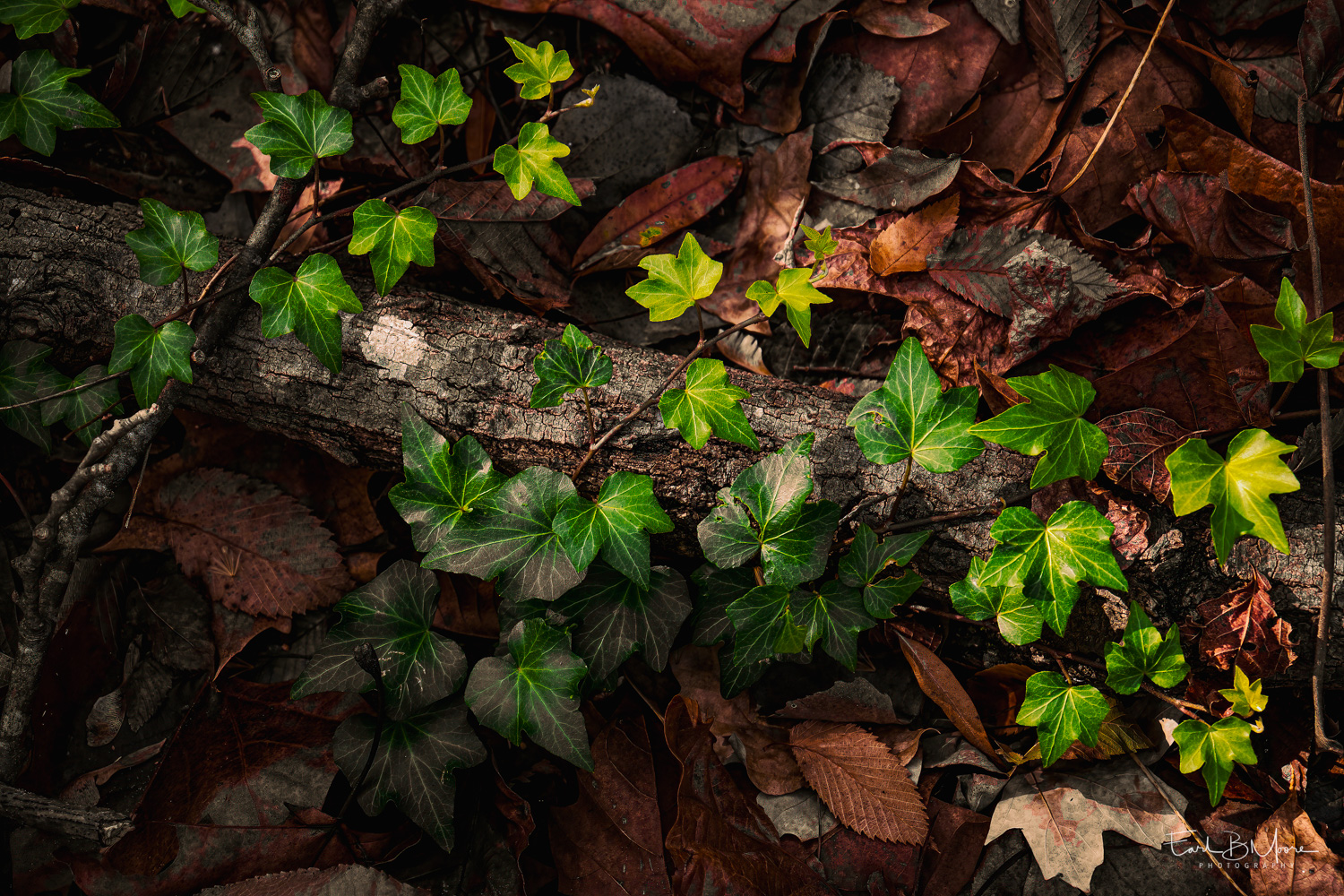
There’s a story behind this ivy. In the fall of two years ago, I took one of Bonnie’s planters from the front yard that she was repurposing and emptied the soil in the woods behind our house. This small ivy plant clinging to life in the pot survived for two years and has now spread about three feet from the original place where I dumped it.
When watching and listening to coverage of the many natural disasters this nation has faced in recent years, most victims express their determination to rebuild and demonstrate resilience, which is a positive trait.
I acknowledge and appreciate the victim’s pain and suffering, their strength and determination and how, after such a tragic loss, they just want things to be ‘normal’ again. However, I believe there comes a point where resilience to “get back to normal” can become counterproductive.
Climate change has altered the patterns of traditional weather trends. We are increasingly experiencing what were once considered 100- and 1,000-year weather events regularly. Ice continues to melt at the poles, leading to rising ocean levels. Storms are becoming stronger and more frequent, while droughts and wildfires are no longer seasonal occurrences but happen year-round over an ever-widening area.
Healthy resilience should include the ability to adapt. If you rebuild the same house in the same location, prone to storms, floods, or fires, you will likely lose it again at some point. Is it any wonder why insurance companies won’t accept the risk? We think we can bend nature to our will, but on a grander scale, not so much. It is a kind of insanity: doing the same thing repeatedly while expecting different results.
Discover more from Meandering Passage
Subscribe to get the latest posts sent to your email.

My wife and I were discussing just this recently. It’s a difficult thing to deal with, the repeated destruction, but, like you say, what did you think was going to happen. Seems like it’s again and again these days. But what do you do? And how to compensate people? Tough issues. And yet there are still climate change deniers.
Yes, good questions, and no good answers. But I think it’s a problem that will only worsen. I don’t know if the climate change deniers are just unbelievably stupid or if there are other reasons…money, position, etc. Probably some of both. Have a great Thanksgiving, Howard!
Flood insurance is cheap if you don’t need it.
Yes, isn’t that always the way, Ken. It sounds like wisdom that should be on a Snapple bottlecap.
Climate change is real whether we are pointing fingers or not. The arrogance of man to bend nature to his will is insane. I’m not sure when that insight changed how I see and react this world. I wonder, as some authors suggest, that man’s isolation from nature, our industrialized mindset, has brought on our indifference to nature. And your post does not mention how we are desecrating our world with our consumerism. Again, this is an amazing image. I am so glad you are posting on a more regular basis. I’m not expecting it!!
Oh, and my friend, Mary, says “normal” is a setting on our dryer.
In my opinion, the saying “follow the money” has become the new golden rule. If the government informs people in low-lying areas that they cannot rebuild their homes, they will expect to receive market-value compensation for their properties. However, if we wait until their land is submerged due to rising sea levels or frequent floods, it will be deemed an act of nature/God, and they may only receive much smaller relocation assistance. I’m just discouraged that people affected aren’t making smarter decisions.
I’ve become quite skeptical, and my trust in others is at an all-time low. However, I believe this skepticism is likely healthy considering everything that has been and is happening.
After a ‘dry’ period, I’ve rediscovered my passion for photography, which has positively influenced my blog. I’m uncertain whether this will last or to what extent, but I appreciate your support and concern.